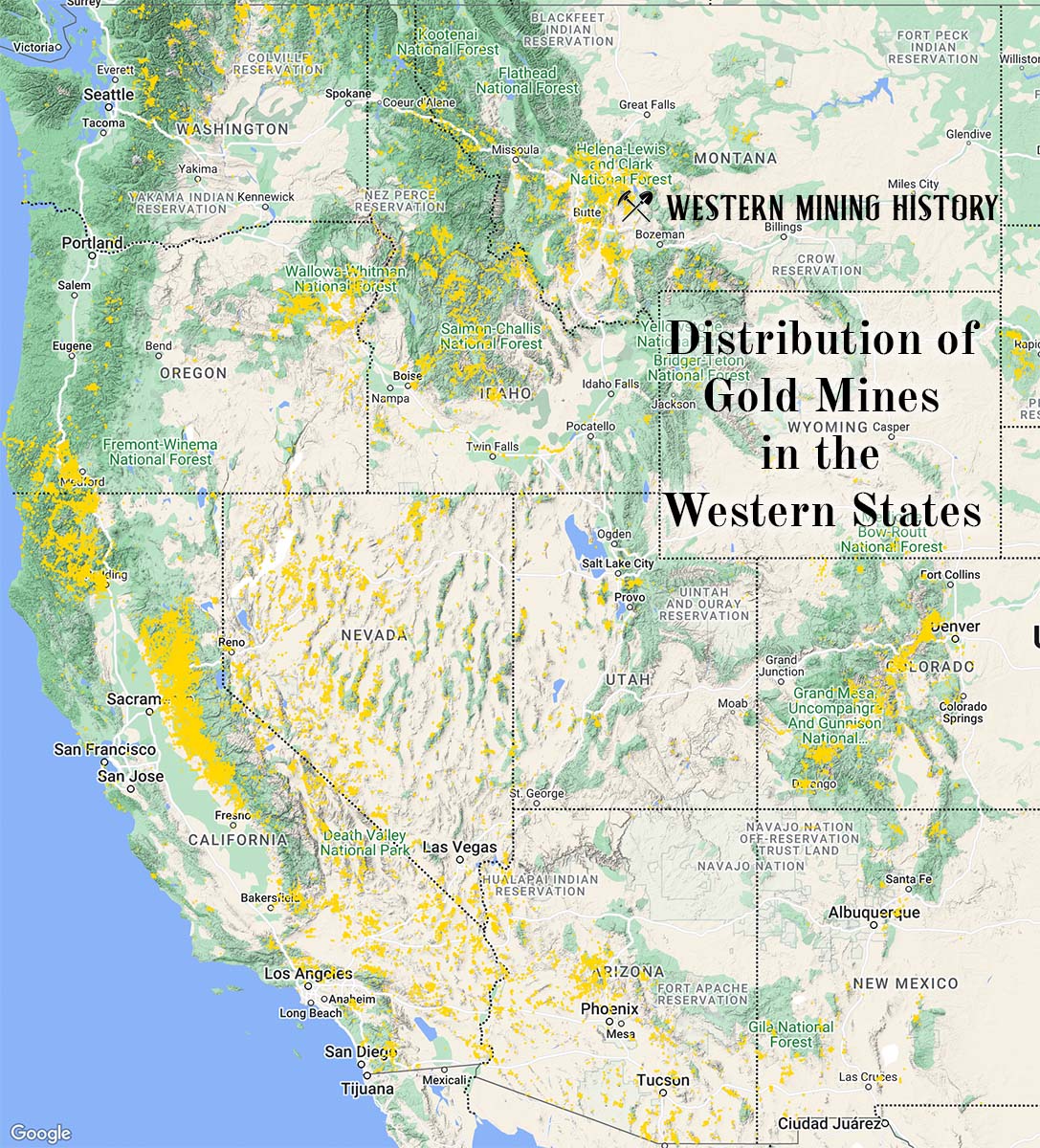The Casey Glacier Sphalerite is a lead and zinc mine located in Alaska.
About the MRDS Data:
All mine locations were obtained from the USGS Mineral Resources Data System. The locations and other information in this database have not been verified for accuracy. It should be assumed that all mines are on private property.
Mine Info
Casey Glacier Sphalerite MRDS details
Site Name
Primary: Casey Glacier Sphalerite
Commodity
Primary: Lead
Primary: Zinc
Secondary: Gold
Secondary: Silver
Secondary: Copper
Location
State: Alaska
District: Hyder
Land Status
Not available
Holdings
Not available
Workings
Not available
Ownership
Not available
Production
Not available
Deposit
Record Type: Site
Operation Category: Occurrence
Operation Type: Unknown
Years of Production:
Organization:
Significant:
Physiography
Not available
Mineral Deposit Model
Model Name: Polymetallic veins
Orebody
Not available
Structure
Not available
Alterations
Alteration Text: Intense silica and carbonate alteration of brecciated andesite hostrock.
Rocks
Not available
Analytical Data
Not available
Materials
Ore: Chalcopyrite
Ore: Galena
Ore: Pyrite
Ore: Sphalerite
Gangue: Calcite
Gangue: Quartz
Comments
Comment (Geology): Age = Lead-isotope studies of galena from this occurrence (Maas and others, 1995, p. 235) indicate that the mineralization is Jurassic in age, contemporaneous, at least in part, with island-arc volcanism in Hazelton time (Alldrick, 1993).
Comment (Reference): Primary Reference = Maas and others, 1995
Comment (Deposit): Model Name = Polymetallic veins
Comment (Deposit): Other Comments = Although no outcrop of the banded sulfides was found, the location of the boulder rubblecrop suggests that their source is beneath the icefield at the summit between Ferguson and Casey Glaciers (Maas, 1995, p. 235).
Comment (Geology): Geologic Description = The country rocks in the area of this occurrence are pelitic metasedimentary and subordinate andesitic metavolcanic strata of the Jurassic or older Mesozoic Hazelton Group, which is underlain and locally intruded by the Triassic Texas Creek Granodiorite; and the Eocene Hyder Quartz Monzonite, which intrudes the Hazelton and Texas Creek rocks (Smith, 1977; Koch, 1996). Maas and others (1995, p. 235, 246) describe the occurrence as mineralized float boulders of brecciated Hazelton andesite containing massive bands and veinlets of sphalerite, galena, and minor(?) pyrite and chalcopyrite. The sulfides carry silver and a trace of gold. Intense silica and carbonate alteration has accompanied brecciation and mineralization. Lead-isotope studies of galena from this occurrence (Maas and others, p. 235) indicate that the mineralization is Jurassic in age, contemporaneous, at least in part, with island-arc volcanism in Hazelton time (Alldrick, 1993).
References
Reference (Deposit): Maas, K.M., Bittenbender, P E., and Still, J.C., 1995, Mineral investigations in the Ketchikan mining district, southeastern Alaska: U.S. Bureau of Mines Open-File Report 11-95, 606 p.
Reference (Deposit): Koch, R.D., 1996, Reconnaissance geologic map of the Bradfield Canal quadrangle, southeastern Alaska: U.S. Geological Survey Open-File Report 81-728-A, 35 p., 1 sheet, scale 1:250,000.
Reference (Deposit): Smith, J.G., 1977, Geology of the Ketchikan D-1 and Bradfield Canal A-1 quadrangles, Alaska: U.S. Geological Survey Bulletin 1425, 49 p.
Reference (Deposit): Alldrick, D.J., 1993, Geology and metallogeny of the Stewart mining camp, northwestern British Columbia: British Columbia Department of Mines and Petroleum Resources Bulletin 85, 105 p., 2 plates.
The Top Ten Gold Producing States

These ten states contributed the most to the gold production that built the West from 1848 through the 1930s. The Top Ten Gold Producing States.